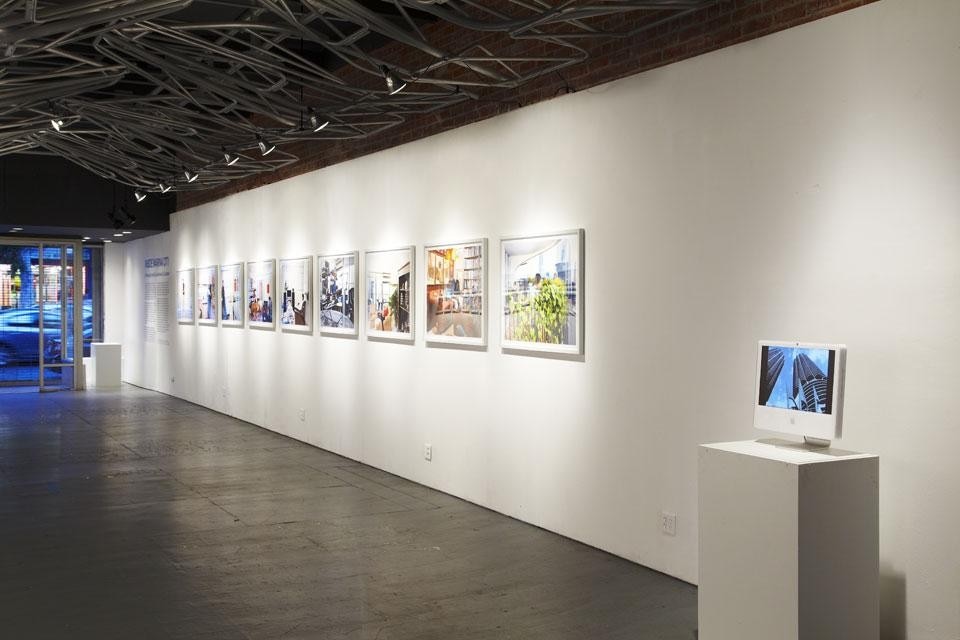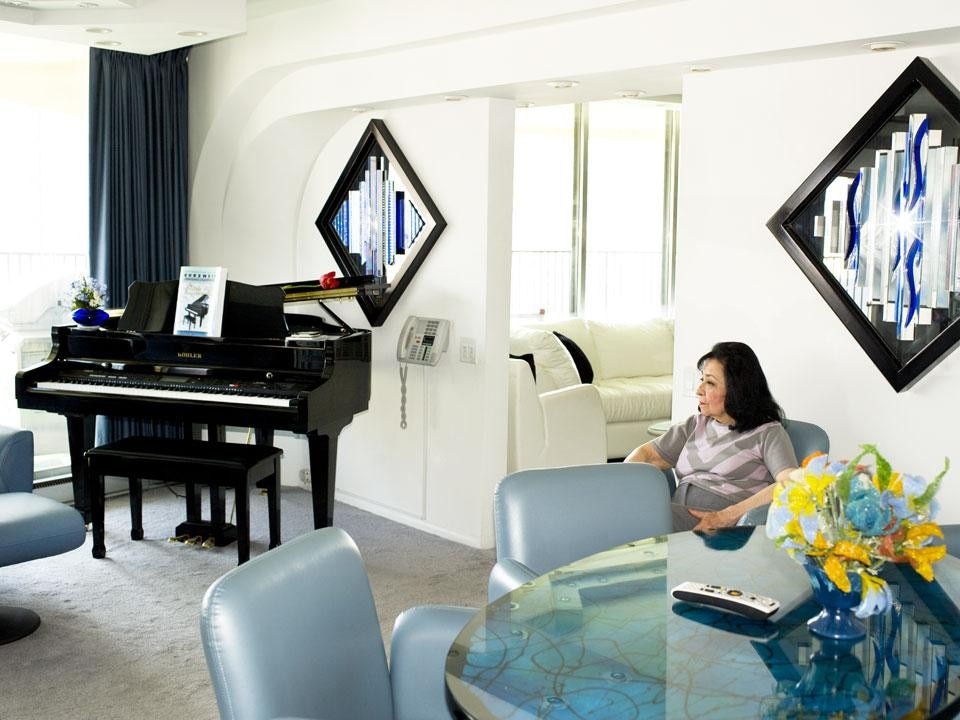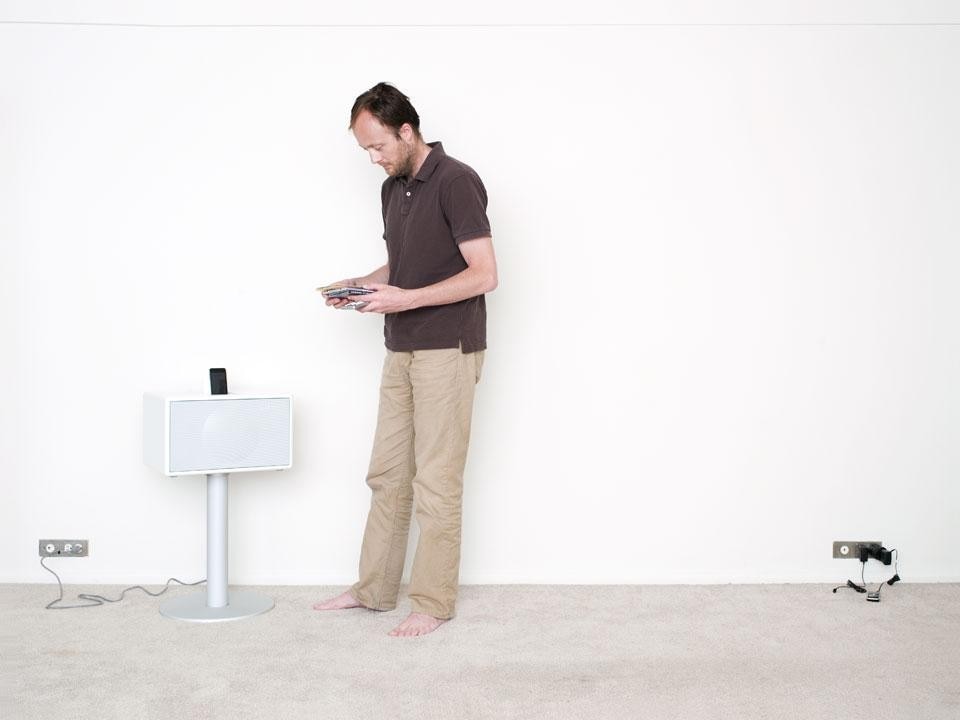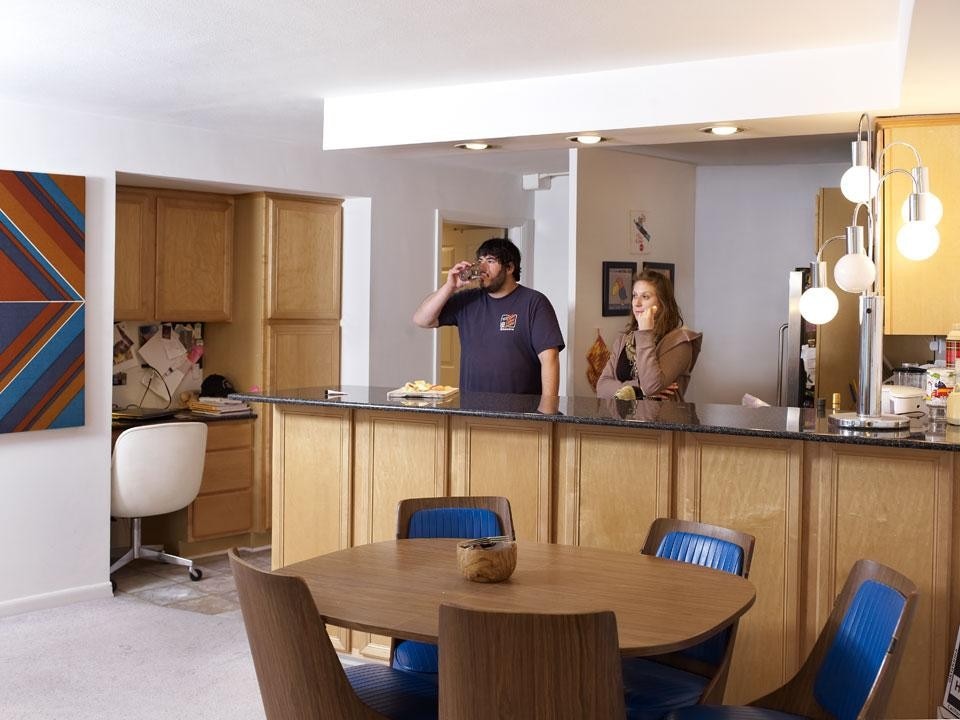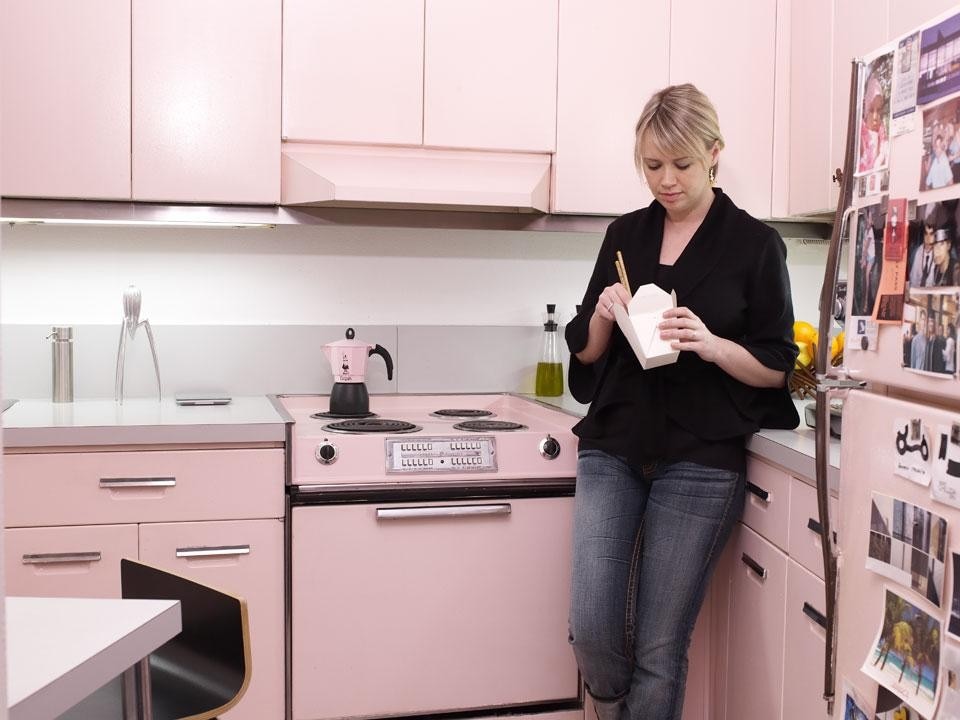Designed in 1959 and completed in 1964, Goldberg's twin cylindrical high-rises were founded on the "city within a city" concept. Mixed-use space with commercial fronts on the bottom, a distinctive exposed parking ramp, and affordable private residences (each with balcony and view) on top. What might be the icing on the complex, however, is at river level: a small marina. At its conception, Marina City was part of a greater concentrated effort to bait residents back to America's deserted post-war downtowns. The relevance of this effort, combined with this decade's loud shouts of "green living," has only increased as Marina City has gone on in years. Even the recent arrival of fancy new neighbor, Trump International Hotel & Tower Chicago, has underscored the timeliness (or timelessness) of Goldberg's vision for integrated city living, instead of casting a shadow on it.
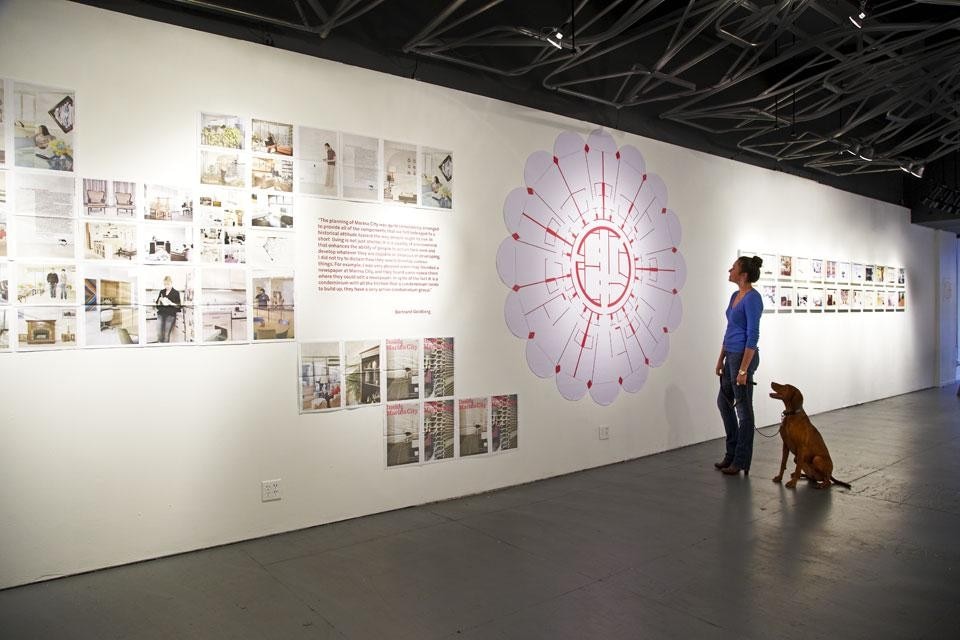
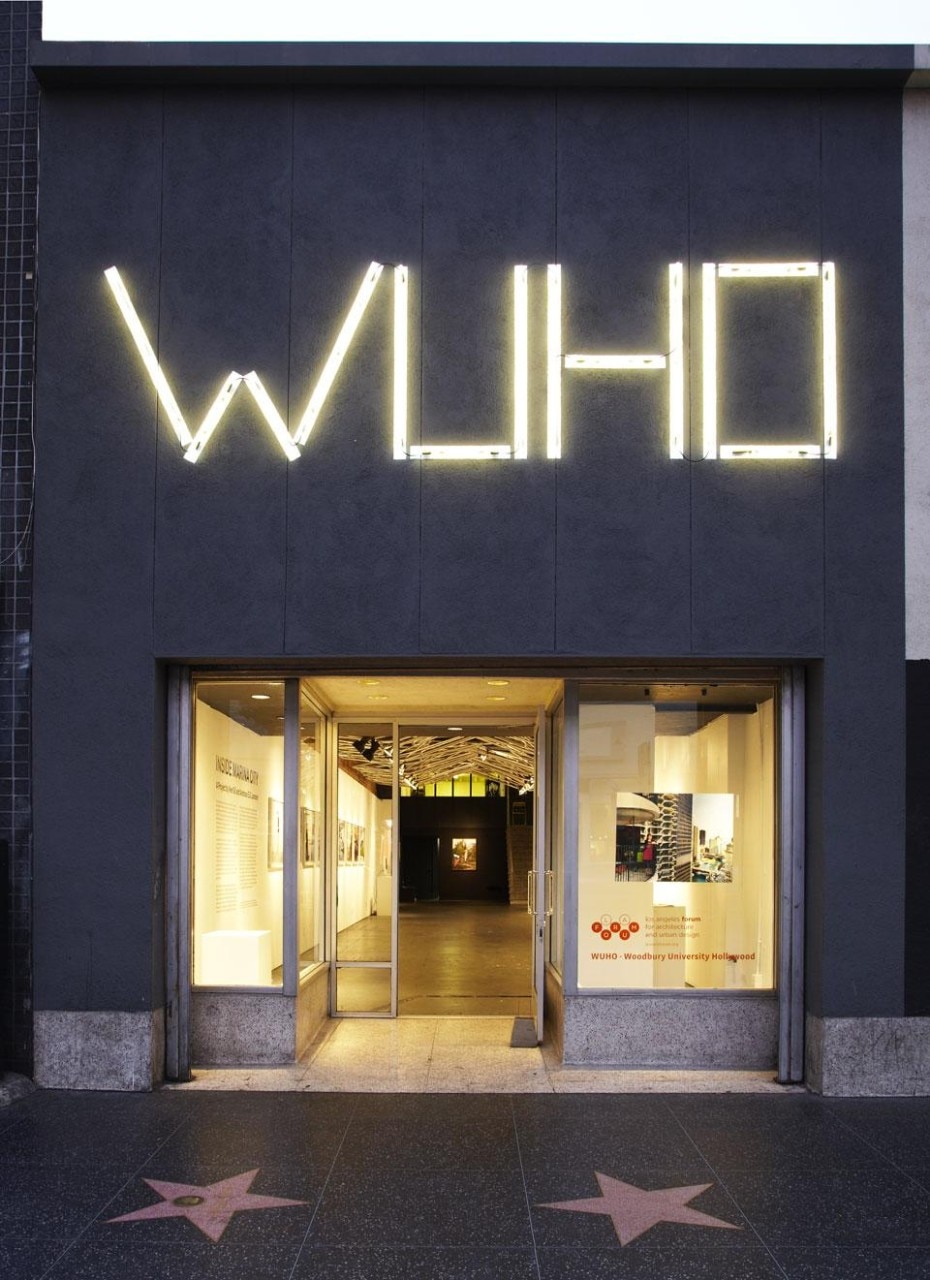
At its conception, Marina City was part of a greater concentrated effort to bait residents back to America's deserted post-war downtowns
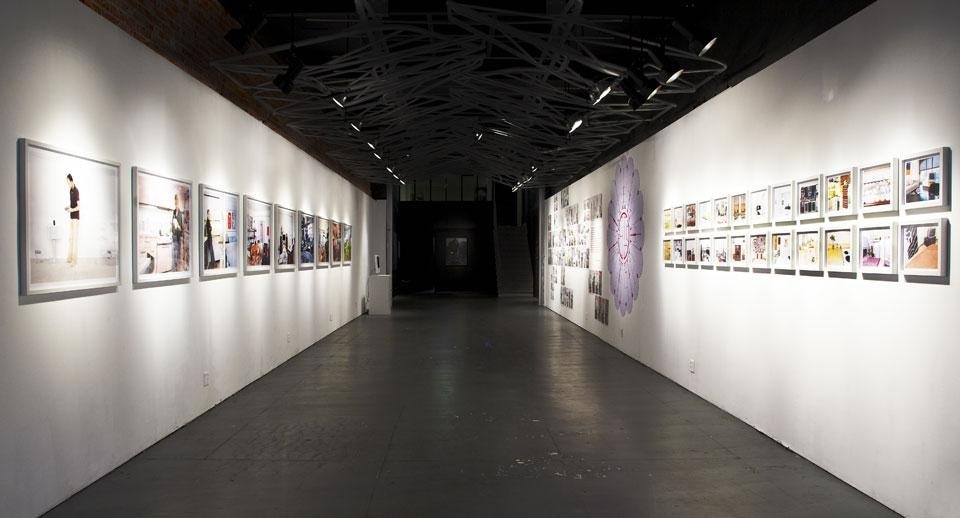
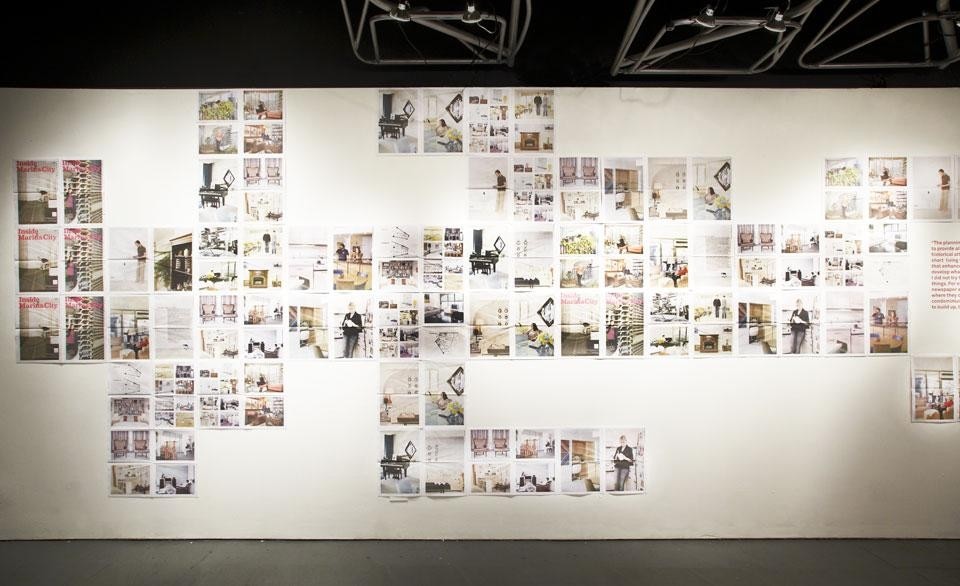
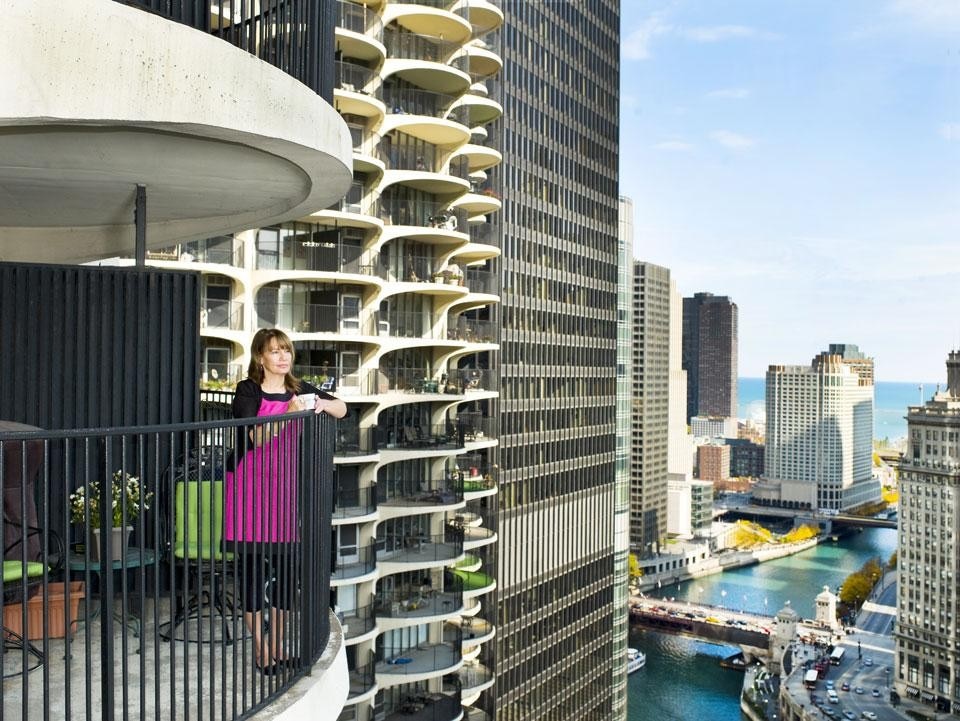
Inside Marina City: A Project by Iker Gil and Andreas E.G. Larsson
WUHO Gallery
Los Angeles
